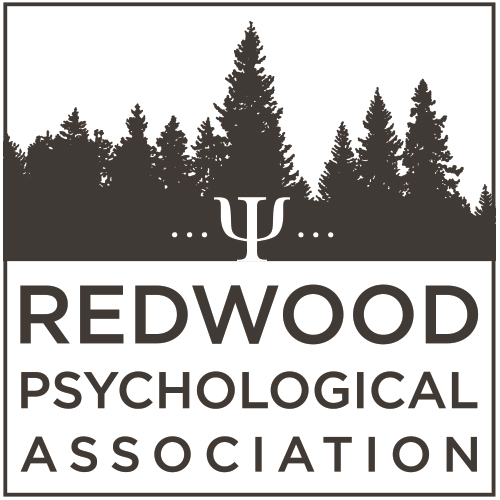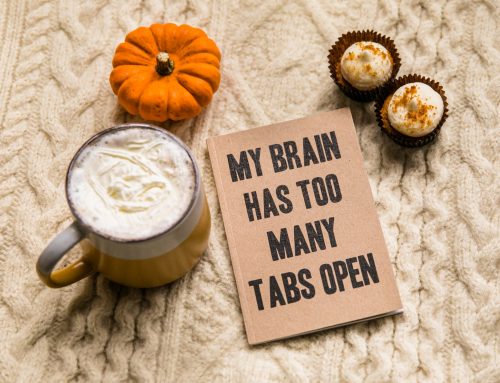New research sheds light on the value of shedding tears for your well-being.
By Susan Krauss Whitbourne Ph.D.
After a difficult day, sometimes you can’t wait to get home, grab a Kleenex box, and let all your emotions pour out along with your tears. With those few minutes of sobbing behind you comes a tremendous sense of relief. You can regain your composure, get up, and then head to the kitchen to focus on getting dinner on the table.
Although the tears generally seemed to improve your mood, perhaps there have been other times when you actually felt worse after the sobs have subsided. The problem that caused you to cry didn’t go away, and now you feel that you only made things worse by letting down your emotional defenses.
Theories about the value of crying debate whether it’s helpful or harmful to your emotional equanimity. From retrospective studies, where people recall whether they were helped or not by crying, the results are not all that clear.
According to University of Queensland psychologist Lear Sharman and colleagues (2019), after a crying episode subsides, about 70% of people recall that crying was good for them, most often as a feeling of relief or catharsis. However, this percentage goes down considerably when people are asked to think only about the last time they cried (51%) or, for women, on the day that they cried (30%). The jury is out, then, on whether crying helps or not.
As background for their own experimental study, Sharman and her coworkers reviewed so-called “crying theories.” The preponderance of views regards crying as “being part of a recovery process, with a ‘release” or ‘overflow’ function.” Some previous theorists believe that tears “detoxify” the body, that they are accompanied by “endogenous opioids,” and that “crying could serve to sedate, reduce pain, restore the homeostatic balance, and even assist in coping with stressors.” Crying could, furthermore, serve a protective function to “numb negative affect and physical pain” and assist with recovery, helping to explain why you cry to self-soothe when you are alone (pp. 2-3).
Sharman et al. point out that previous lab studies may have produced unclear findings because the investigators have not followed participants for longer than a few minutes following the crying episode. Furthermore, it’s not all that easy to elicit tears in the lab, as in some of these studies only 22% of participants could be induced to cry. More importantly, previous researchers have failed to introduce sufficient controls that include a neutral condition that does not induce crying.
To overcome these previous limitations, Sharman et al. randomly exposed their 197 female undergraduate participants (ages 17 to 50 with an average age of 20) to sad vs. neutral videos. However, because some people cry more easily than others, and in response to different stimuli, participants in the cry-eliciting condition were grouped into “sad-criers” or “sad-noncriers.” The tear-inducing stimulus consisted of a video showing sad advertisements, animated film scenes, and true stories. The neutral video consisted of documentary films, Ted talks, and true stories.
In the Sharman et al. experiment, participants were strapped to heart rate monitors and measures of respiration rate, tested for salivary cortisol before and following the video, and tested on measures of positive and negative mood. A “Crying Proneness Scale” allowed the researchers to categorize the subgroups of criers into sad vs. sad non-criers.
To determine whether participants cried or not, observers rated whether they saw tears, but the researchers also asked participants to self-report whether they actually had cried. Counts of observable crying were made every 10 seconds, and physiological measures were taken at 20, 35, and 45 minutes after the baseline.
For the entire article please click on the link below:
https://www.psychologytoday.com/us/blog/fulfillment-any-age/201908/is-good-cry-really-good-you






